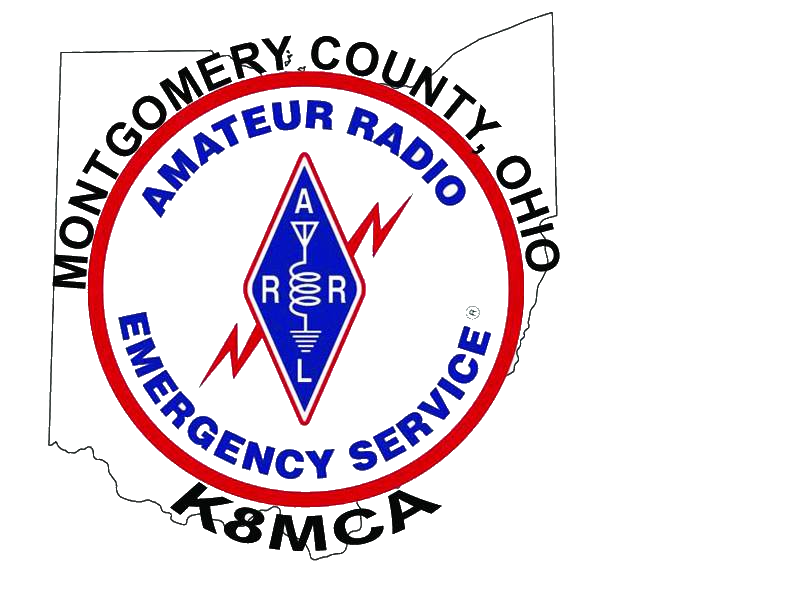|
Training
Listed below are links to some of the PowerPoint
presentations from the 2018 Montgomery County ARES training agenda
Automatic Packet Reporting
System-APRS
Fast Light Digital
Communications-FLDIGI
Digital Mobile Radio-DMR
Near Vertical Incidence
Skywave Antennas-NVIS
Winlink-WinLink
Amateur Radio
LicenseTesting Opportunities
The Dayton Amateur Radio
Association has provided their schedule of Laurel VEC test sessions for
2018. Click here for
more details.
NVIS Research Paper
Available
(From ARRL Bulletin)
March 31, 2017
A thorough and fully
annotated discussion of Near Vertical Incidence Skywave (NVIS) is available
in the research paper, “Radio
Communication via Near Vertical Incidence Skywave Propagation: An Overview,”
by Ben A. Witvliet, PE5B/5R8DS, and Rosa Ma
Alsina-Pagès.
First investigated in the 1920s, NVIS propagation was rediscovered during
World War II as “an essential means to establish
communications in large war zones such as the D-Day invasion in Normandy,”
the paper notes, adding that the US Army subsequently sponsored a lot of
NVIS field research, especially between 1966 and 1973. More recently, NVIS
has become a popular means to enable close-in communication on Amateur Radio
HF bands between 3 and 10 MHZ. NVIS can be used for radio communication in a
large area (200-kilometer radius) without any intermediate manmade
infrastructure, and it has been found
to be especially suited for disaster relief communication, among other
applications, according to the paper.
“A comprehensive overview of NVIS research is given, covering propagation,
antennas, diversity, modulation, and coding,” the
Abstract explains. “Both the bigger picture and the important details are
given, as well as the relation between them.” As the paper
describes it, in NVIS propagation, electromagnetic waves are sent nearly
vertically toward the ionosphere, and, with appropriate
frequency selection, these waves are reflected back to Earth.
In case the link for the research paper gets broken..
https://link.springer.com/article/10.1007/s11235-017-0287-2
PS.. Ohio’s NVIS antenna day is scheduled for April 22. In addition to 40
and 80 meters, we want to add 160 and 60 meters (a good 160 antenna should
also operate on 60). With the band conditions in the trash, we need to work
up alternative bands and plans to maintain communications across the state!
These new bands should make for some interesting antenna construction
projects, so get your teams busy!!
Want more information on how to make a NVIS Antenna? Here’s a link..http://arrl-ohio.org/SEC/nvis.html
Archived
Training Articles
Generator
Safety
GPS Coordinates
Reference Materials
Anderson PowerPoles®
|



